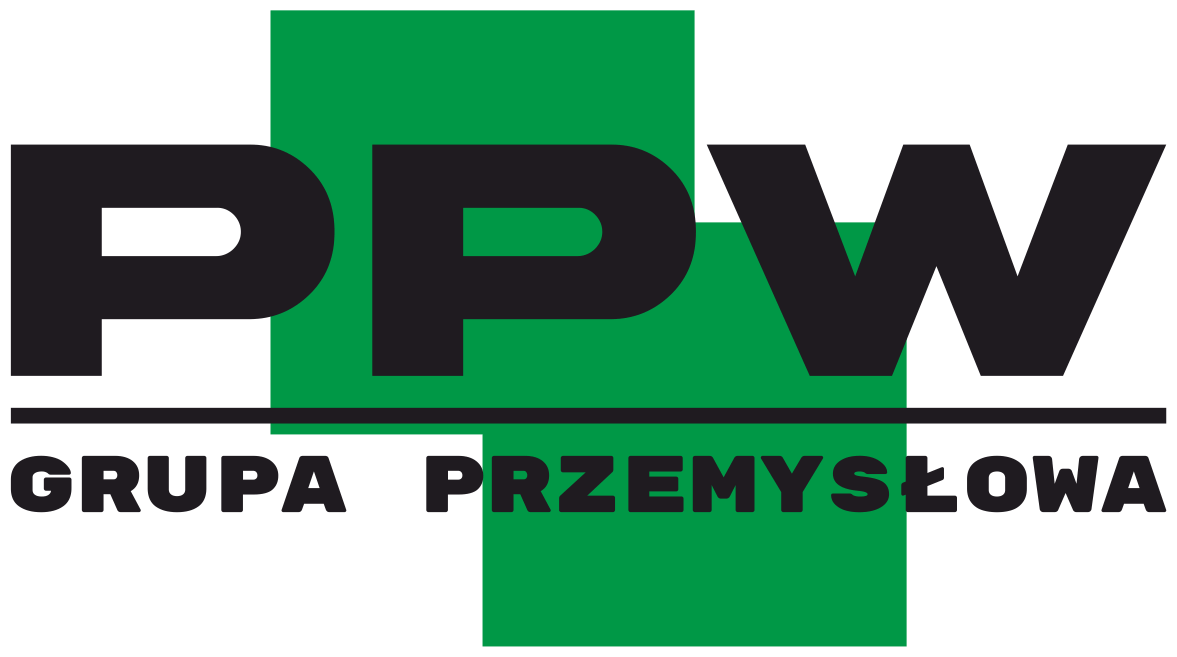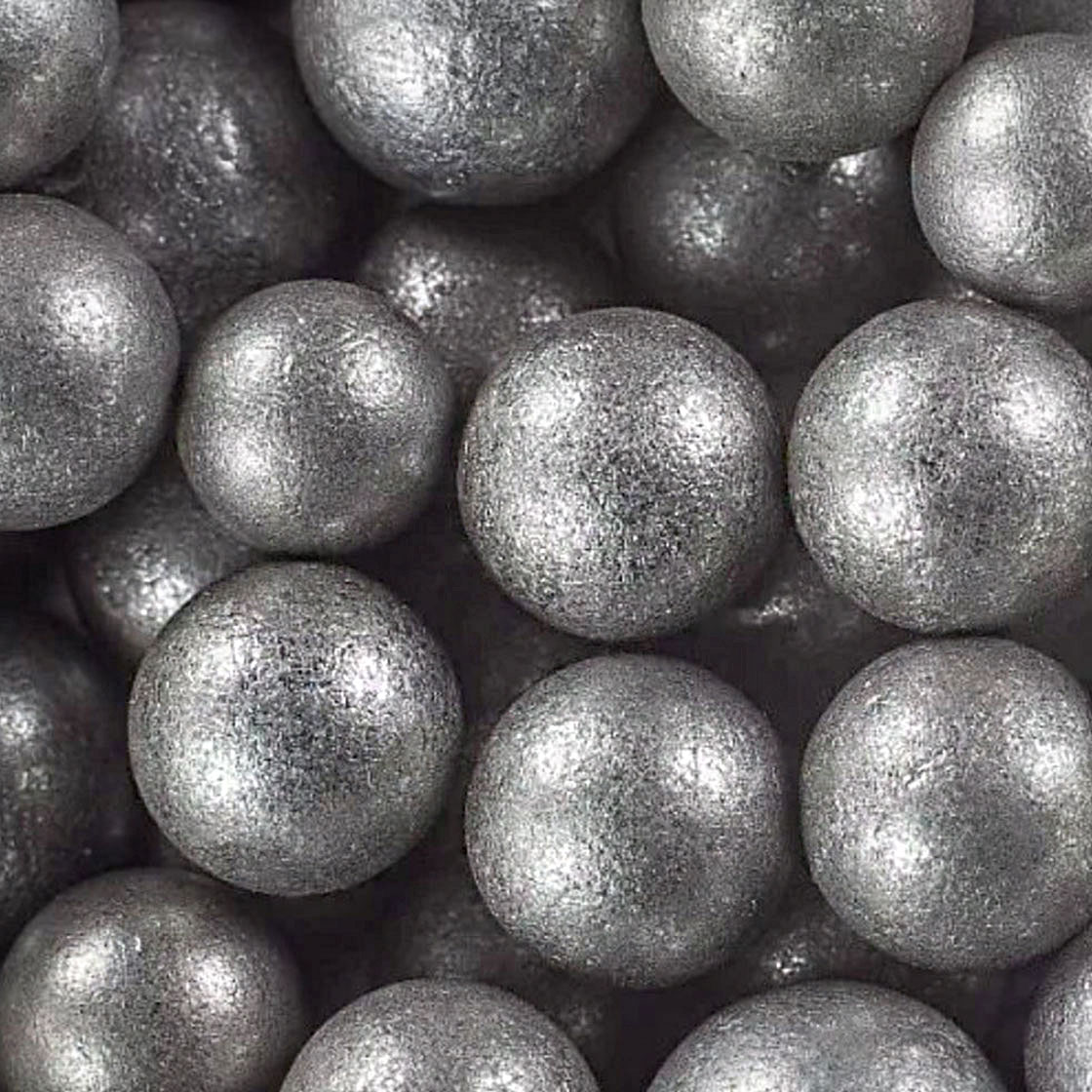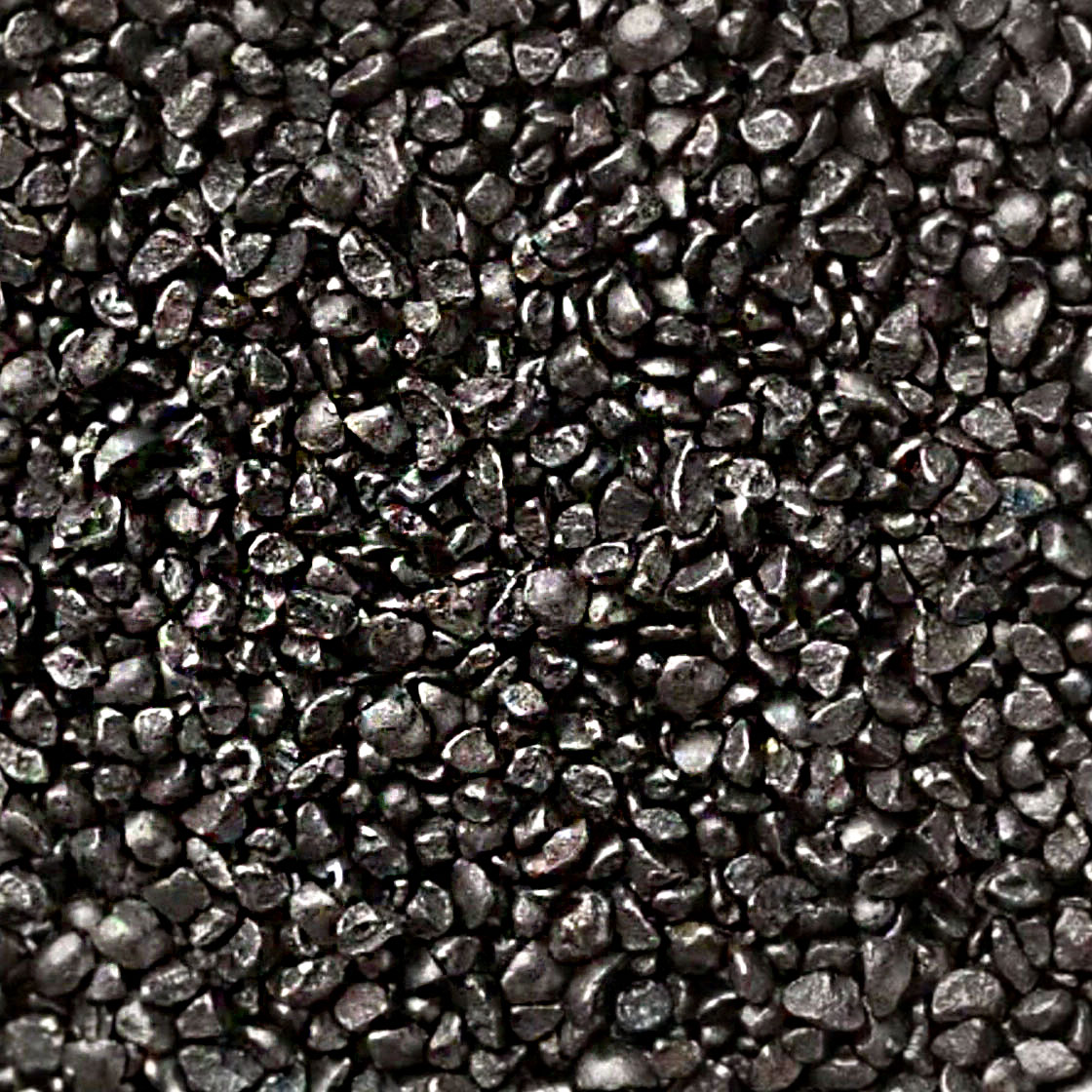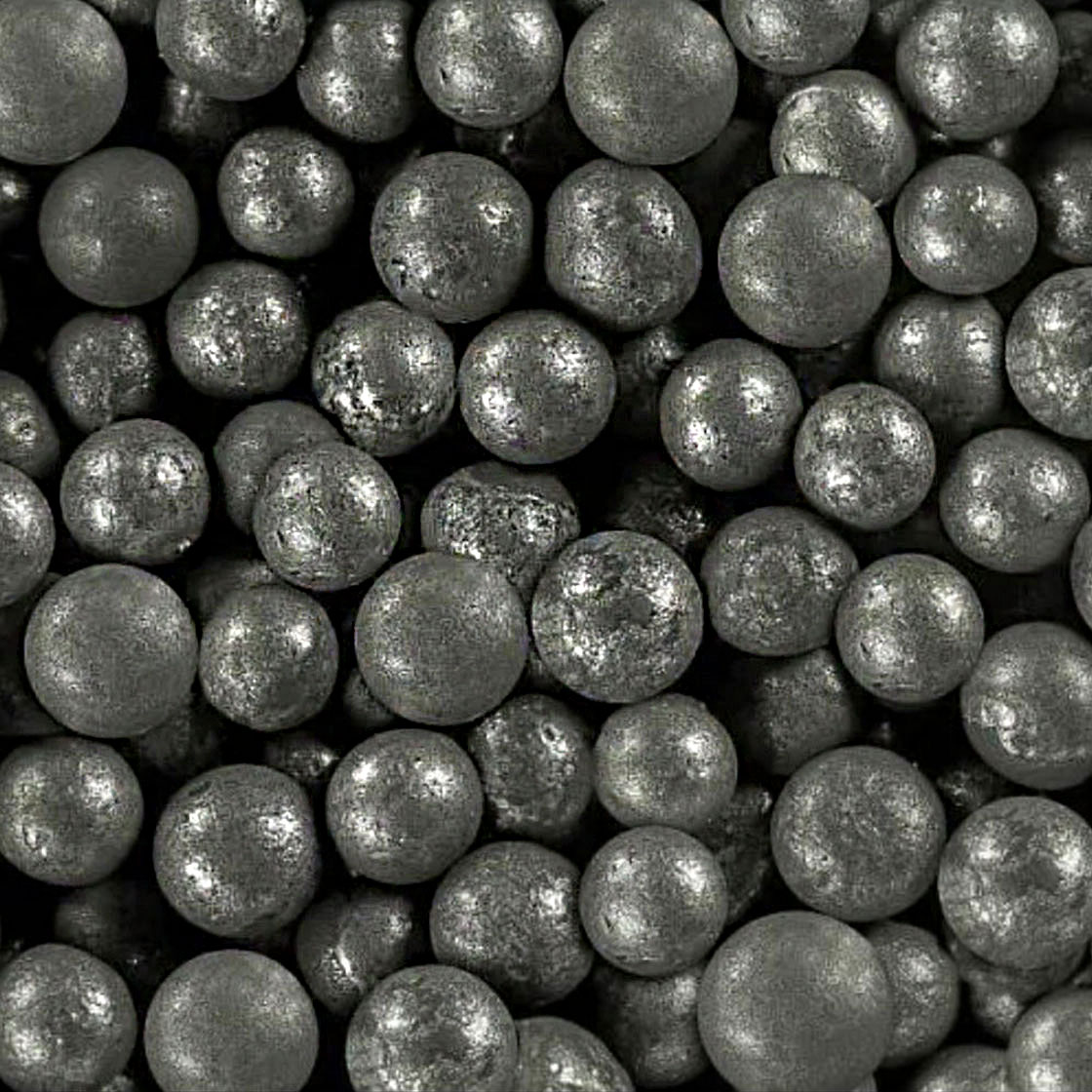Главная страница » Portfolio » Steel shot
Application of Steel Shot
At the height of the industrial boom of the late 19th and early 20th centuries, the issue of high-quality and quick cleaning of various metal products from scale after heat treatment, from casting compounds and burn-ins in foundry metallurgy, from rust, other contaminants and technological residues that adversely affect and interfere with further processing of products was acute. In the 20s of the 20th century, the technology of sandblasting of products was developed. where the abrasive was simple river sand. A serious disadvantage of this technique is the increased content of silicon oxide in the air of the working area, which led to an occupational disease – silicosis.
In the 30s of the 20th century, it was proposed to replace river sand with cast iron shot, which is easy to manufacture, but has a number of undeniable advantages over sand:
- Consistency of properties (hardness, fractional composition, etc.);
- It could work not one cycle like sand, but up to 10 cycles;
- Did not generate dust in the working area;
- It was harmless to the operator;
- Possibility of wider application – from cleaning small parts weighing a few grams, to cleaning multi-ton machine beds and other products;
- and others.
With the development of technology, the requirements for metal abrasives, which could not be provided by cast iron shot, also increased, it was replaced by steel shot. Steel has a stronger structure, moreover, it made it possible to change the properties of the shot in a wide range, which further expanded its application.
Two main technologies for processing products with shot are used:
- Shot blasting – kinetic energy is transferred to the abrasive from compressed air, the pressure of which can reach up to 20 atmospheres, depending on the application.
- Shot blasting – kinetic energy is transmitted using special turbines – shot blasting machines, the shot is fed to the blades of this turbine rotating at a certain speed.
The shot itself considered in this article is an abrasive material, but in the last 10 years the boundaries of its application have expanded, respectively, the areas of use can be distributed as follows (according to the volume of consumption):
- Cleaning;
- Surface preparation;
- Surface hardening (hardening);
- Granite sawing;
- As a weighting agent;
- As an iron-containing filler.
Cleaning
During cleaning, elements that contaminate the surface (rust, scale, slag, remnants of the old coating, etc.) are removed from the surface.
Cleaning is widely used in foundry, as well as in forging and thermal production.
On the surface and in the internal cavities of castings, after removing them from the molds, there is burn-on, remnants of molding and core sands, burrs and fills, and after heat treatment, scale is formed, which must be removed before machining. The presence of burn-on, quartz inclusions, scale complicates machining, blunts the cutting tool, and abrasive dust contributes to the wear of friction surfaces of metal-cutting machines. Rough, burn-on and drossy surfaces spoil the presentation of castings and products, and adversely affect their operational properties, reducing thermal conductivity, increasing hydraulic losses and contributing to clogging of small channels in hydraulic and pneumatic machines made of cast, forged and heat-treated parts.
At present, there are a large number of options for the technology of cleaning cast billets, used depending on the nature of production, the weight and size of castings and products, the complexity of the configuration, the method of obtaining castings and the alloy from which the castings are made. For mass production, multi-turbine through-hole shot blasting chambers, batch and continuous shot blasting drums (continuous drums) are used.
Surface preparation
The application of any coating (paint, rubber, metallization, rilsan) to a metal substrate requires preliminary surface preparation in order to increase the resistance and durability of the protective layer.
type of coating (composition, thickness, restrictions on use…) Cleaning method (shot blasting or surface blasting)
Type of abrasive used (cast shot, split shot, steel shot, cast iron shot…)To obtain a better coating of the corresponding requirement, it is necessary to ensure the necessary surface roughness.
What is surface roughness?
Roughness is the unevenness of the surface at the micro level (troughs and peaks). Roughness has a very large influence on adhesion and must be uniform and appropriate to the coating to be applied.Roughness is characterized by the following parameters:
Ra is measured in microns (μm) or microinches (mils) and is the arithmetic mean of all profile deviations (depth of troughs and height of peaks).
Rmax is measured in microns (μm) or microinches (mils) is the maximum value between troughs and peaks at the gauge length. Determines the thickness of the coating and affects the material flow rate for the protective layer
Rz is measured in microns (μm) or microinches (mils), it is the average of the maximum deviations (peaks and troughs) measured on five consecutive surface segments.
Pc is the number of peaks per unit length (in centimeter or inch) For surface profiles with the same roughness (Rz, Rmax), it allows you to estimate the average width and density of the peaks, which are the elements of primary importance for adhesion.
Usually, the aim is to obtain the maximum number of evenly distributed peaks and troughs in order to create the maximum area of contact between the pavement and the surface.
Shot blasting or shot blasting simultaneously cleans and roughens the surface. Adhesion and quality of the coating will depend on the cleanliness and roughness.
Areas of application of surface preparation:
- Production of metal structures;
- Production of sheet metal with special coatings (lamination, galvanizing, etc.);
- Engineering;
- Pipe production;
- Automotive;
- Shipbuilding;
- and so on.
Surface hardening (hardening)
As well as heat treatment, hardening can significantly improve the mechanical properties of metals. This process creates a residual compressive stress on the machined surface to increase the resistance of the part against:
- Fatigue;
- Corrosion under load;
- Wear.
This procedure, while increasing fatigue resistance, also allows you to create bends on thin-walled parts, such as airframe elements (shot peening).
Applications:
Automotive
- Gears, shafts, chains.
- Springs: springs, clutch springs, valve springs.
- Connecting rods, crankshafts, camshafts.
- Stabilization elements (crossbars, torsion shafts).
Aviation industry
- Chassis elements.
- Fuselage details.
- Engine parts: blades, shafts, disks.
- Transmission parts: shafts, gears, pump housings.
Other industries
- Equipment for drilling wells.
- Parts of rotary mechanisms – turbines.
Only cast steel shot with certain characteristics is suitable for the hardening procedure. This shot must have sufficient hardness and sphericity of the surface, it should not split, but only wear evenly.
Sawing granite
In this technology, only steel split shot with special properties is used, it must have a more uniform particle size distribution, high hardness and strength. Such shot is used in strip machines in a mixture with water, in the form of pulp.
As a weighting agent
Any fraction and type of shot is used as a weighting agent, and sometimes even a mixture of different fractions, to achieve a certain bulk density. The bulk density when using shot varies up to 7200 kg per cubic meter. While with the use of mineral weights such as barite, a maximum of 3900 kg per cubic meter can be achieved.
Scope:
- In shipbuilding for ballast;
- Production of heavy concretes and special building mixtures.
- In the production of oil pipelines and the oil industry.
As an iron-containing filler
In recent years, special ferroalloy wire has been used in metallurgy, in the manufacture of which an iron-containing compound is required – up to 70%, which is mainly steel and cast iron shot of fine fractions.
There are a number of advantages in the use of technical shot:
Safety for the environment and maintenance personnel – there are no pollutants and all waste is recycled;
Ease of use – all parameters are visually controlled and easy to adjust;
Predictable result Cost-effectiveness – based on the previous points, as well as the relative simplicity of the blasting equipment, the quick training of personnel, the ability to quickly start the process and the reuse of the material itself, you save time and money.
Shot blasting is a mechanical process that does not produce any liquid waste in a confined space, and therefore there is no risk of contamination. Metal granules are reused and subsequently recycled.
Simple and controllable process: Thanks to the considerable ease of operation, a shot blasting or blasting machine can be started almost immediately after installation. From a technical point of view, the ejection of the shot is easy to control.
Shot blasting is practically safe for operators and does not pose any danger to the environment.
Shot blasting combines efficiency and cost control. By carefully assessing the needs and resources required for the job, the result is predictable.




